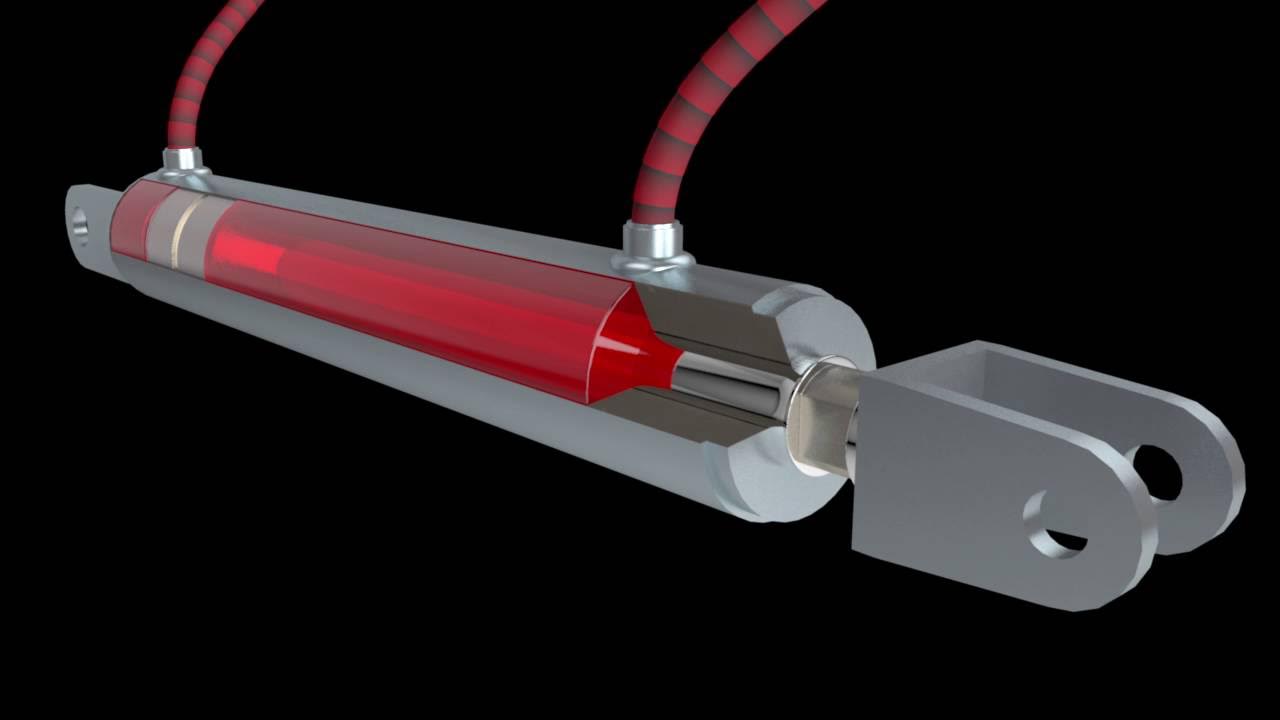Aircraft Systems - 08 - Electrical System
Summary
TLDRThe electrical system in aircraft is crucial for powering various components, including flight instruments, lights, and landing gear. Comprised of a 14 or 28-volt DC system, it features an alternator, battery, circuit breakers, and more. The alternator, driven by the engine, generates power and charges the battery, which is essential for starting the engine and powering systems when the engine is off. Circuit breakers protect the system from overloads, while voltage regulators stabilize output. Pilots monitor the system using ammeters and load meters to ensure everything functions correctly, vital for safe flight operations.
Takeaways
- 🔋 The electrical system powers various aircraft components, including flight instruments, lights, flaps, and landing gear.
- ⚡ The system typically operates on a 14-volt or 28-volt direct current (DC) setup.
- 🔄 The alternator, driven by the engine, is the primary source of electrical power during flight.
- 🔌 The battery is essential for starting the engine and powering systems when the engine is off.
- ❄️ Cold weather can significantly reduce battery capacity, making power conservation critical.
- 🛡️ Circuit breakers are preferred over fuses for protecting the electrical system, as they can be reset after a fault.
- 🚌 Electrical buses group circuit breakers and distribute power to different systems, similar to a power strip.
- 🔍 A voltage regulator and alternator control unit monitor and maintain safe voltage levels in the system.
- 📈 An ammeter indicates whether the alternator is charging the battery and the overall performance of the electrical system.
- ⚠️ If the alternator fails, the battery can provide temporary power, but the flight may need to be diverted.
Q & A
What are the main functions of the electrical system in an aircraft?
-The electrical system provides power to various systems, including flight instruments, aircraft lights, flaps, and landing gear.
What type of electrical systems are commonly used in aircraft?
-Aircraft typically use either a 14-volt or 28-volt direct current (DC) electrical system.
What components are included in an aircraft's electrical system?
-The electrical system consists of an alternator, battery, switches, circuit breakers or fuses, relays, a voltage regulator, an ammeter or load meter, and the electrical wiring.
How does the alternator function within the electrical system?
-The alternator, driven by the engine via an alternator belt, generates electricity for the entire electrical system and charges the battery during normal operations.
What role does the battery play in the aircraft's electrical system?
-The battery is primarily used to start the engine and to power equipment when the engine is not running. Its capacity can be reduced in cold weather, so conserving battery power is crucial.
What is the difference between circuit breakers and fuses in an aircraft?
-Circuit breakers are preferred over fuses because they can be reset after tripping due to excessive voltage, while fuses must be replaced once they burn out.
What is an electrical bus in an aircraft?
-An electrical bus functions like a power strip, allowing multiple components to connect and draw power. If the bus is turned off, all connected components will also lose power.
What is the function of the voltage regulator in the electrical system?
-The voltage regulator monitors and controls the electrical system, ensuring the alternator's output is stabilized to safely charge the battery and power the system.
What does an ammeter indicate in the electrical system?
-An ammeter shows the performance of the electrical system, indicating whether the alternator is charging the battery or if there is a negative indication due to alternator failure.
What happens if the alternator fails during flight?
-If the alternator fails, the battery will provide power for a limited time. Depending on the aircraft and any backup batteries available, a diversion from the planned flight may be necessary.
Outlines

This section is available to paid users only. Please upgrade to access this part.
Upgrade NowMindmap

This section is available to paid users only. Please upgrade to access this part.
Upgrade NowKeywords

This section is available to paid users only. Please upgrade to access this part.
Upgrade NowHighlights

This section is available to paid users only. Please upgrade to access this part.
Upgrade NowTranscripts

This section is available to paid users only. Please upgrade to access this part.
Upgrade NowBrowse More Related Video

Pitot-Static System

Operation & Indication - Landing Gear - Airframes & Aircraft Systems #17

Retractable Landing Gear - Landing Gear - Airframes & Aircraft Systems #15

Aircraft Systems - 07 - Hydraulic System

Private Pilot Tutorial 2: Aircraft Structure

Safety Features - Landing Gear - Airframes & Aircraft Systems #18
5.0 / 5 (0 votes)